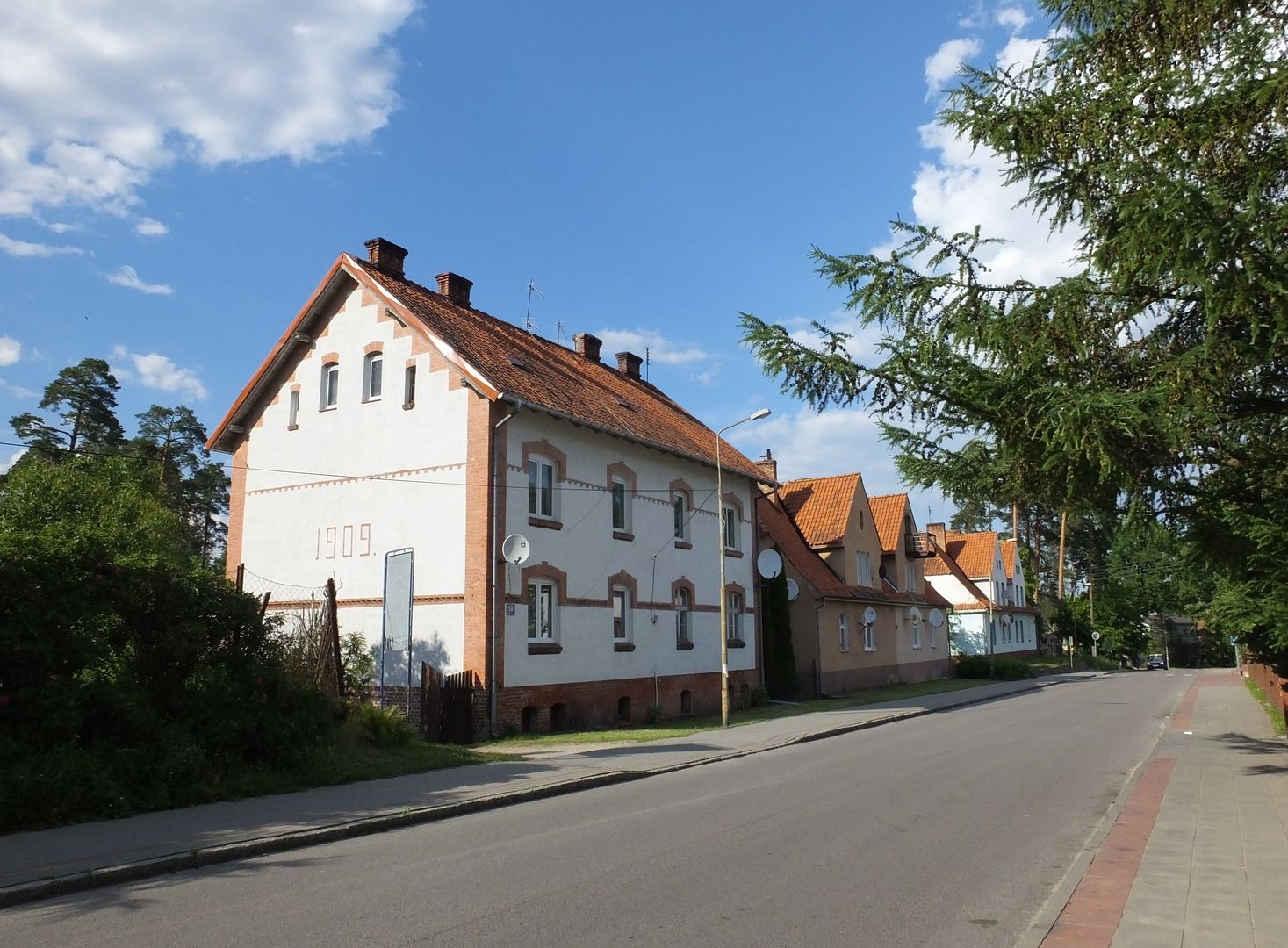Ruciane-Nida
6.1

Overview
Ruciane-Nida, formed from the merger of the settlements Ruciane and Nida, has a rich history dating back to the 16th/17th century. Nida was once a fishing village, while Ruciane was home to various industrial plants as early as the 14th century. Located in the picturesque Masurian Lake District, the town gained touristic significance in the 19th century with the opening of waterways and railway lines. After World War II, intensive industrialization began, primarily due to the establishment of the Fiberboard and Particleboard Plant, which significantly influenced the development of the local population and infrastructure. Ruciane-Nida was granted town rights in 1966 and became the seat of the municipality in 1973. The town attracts visitors with its natural beauty and architectural landmarks, such as the Church of Our Lady of the Gate of Dawn, a seed extraction plant, and historic locks on the Nida Canal. The preserved architectural gems, Anders Villa and Strobel Villa, reflect the bygone era and the region’s wealth. The area is also rich in natural monuments, including over 200-year-old pine and oak trees, making it an appealing destination for nature lovers. Interestingly, Ruciane-Nida attracted tens of thousands of tourists annually even before World War II. Today, the town offers diverse attractions, including educational trails and opportunities for sailing on the lakes, making it a place with great touristic potential that combines history, culture, and natural beauty.
Location
2025 Wizytor | All Rights Reserved